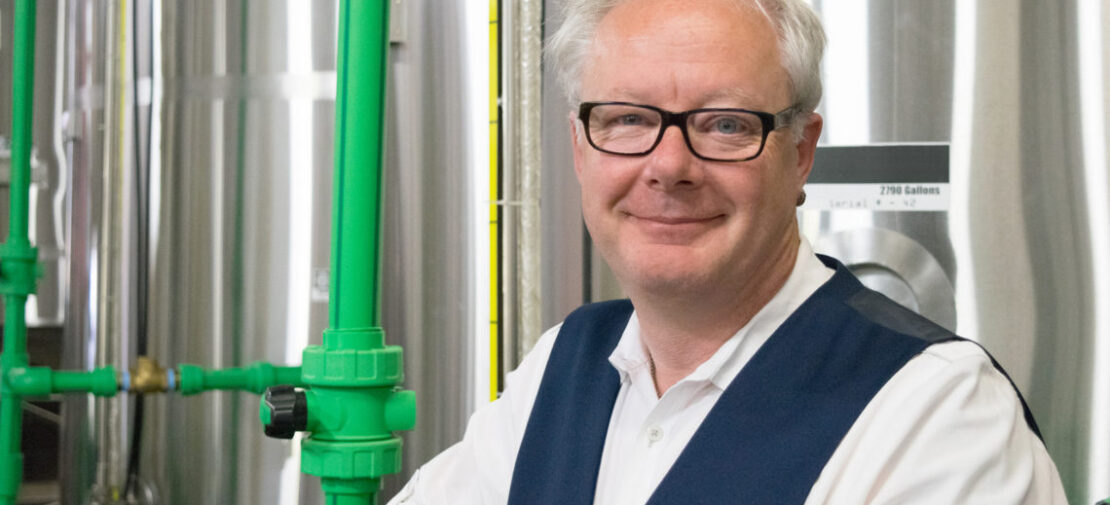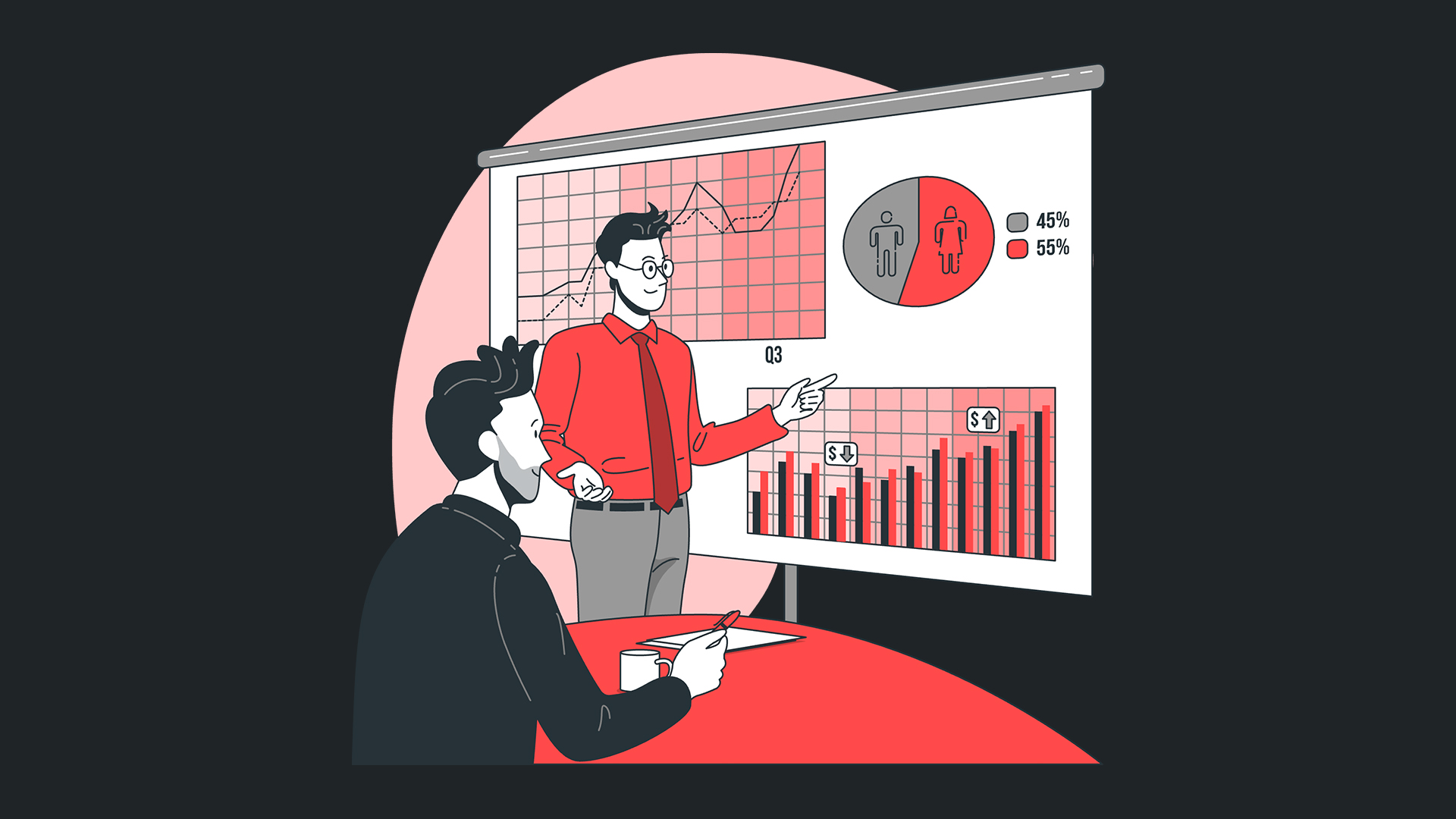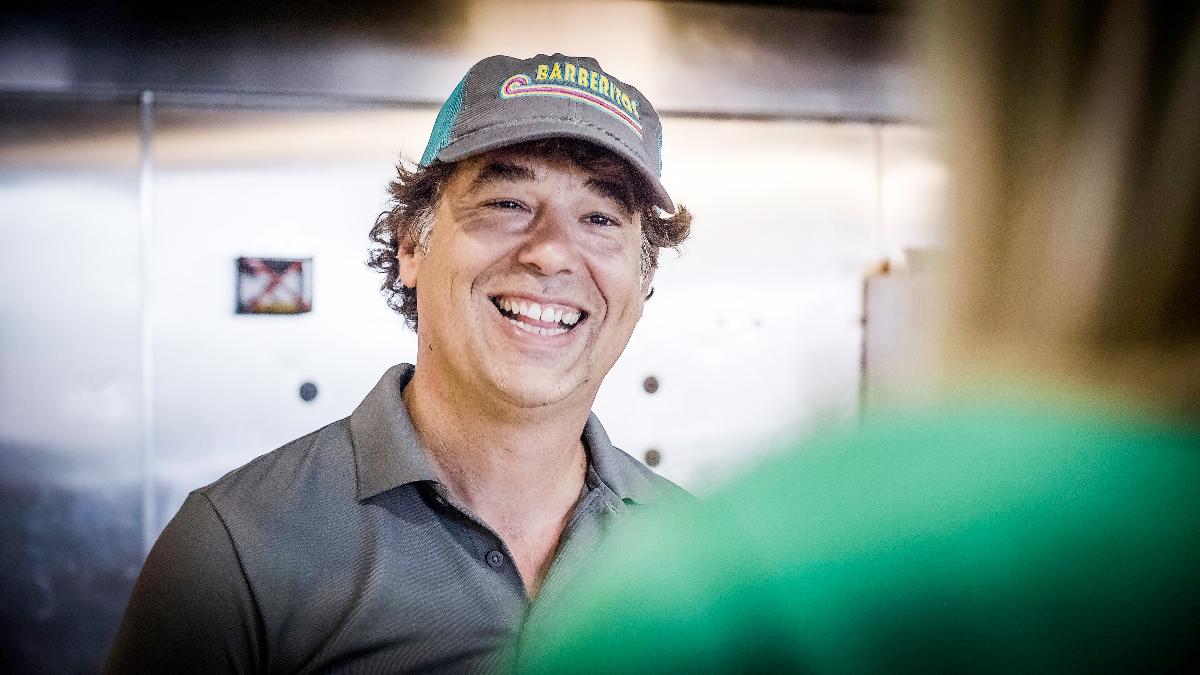
Ian Biggs charted a conventional route to success — until a detour into pig breeding led him to entrepreneurship.
After taking a degree at Oxford, Biggs gravitated to London, specializing in finance. He larded his resume with stints at KPMG and Merrill Lynch. While his work for these corporate titans in the city compensated him handsomely, he hungered for different challenges. He knew he wanted to lead. He was more interested in guiding smaller, innovative firms than toiling in the vast machinery of enterprise. Ambitions primed, he began looking for new opportunities.
The opening that changed his life appeared in an otherwise inconspicuous advertisement in the Financial Times. A startup experimenting with new biotech was looking for a leader. Intrigued, Biggs enquired. The firm must have been impressed with his application. An invitation to interview soon followed.
After the predictable exchange of formalities, things got weird. “At a certain point, I interrupted my interviewer to ask whether this entire post was about pig breeding,” Biggs recalls with a laugh. Flummoxed, the gentleman confirmed that indeed, the organization was engineering livestock, with a special focus on its porcine applications.
That might have ended some conversations, but Biggs wanted to know more. What the company was doing was new, and he wanted to be a part of it. He eventually accepted an offer of employment. He left the corporate suite for the agrilab in the States.
After this sojourn in Kentucky, he got a call from Scotland — this time from a firm working with sheep. This laboratory was on the vanguard of cloning technology. The ramifications of its research promised new frontiers for exploration. The potential impact of its work was sweeping. It was an opportunity the forty-year old professional couldn’t pass up.
And that is the story of how Ian Biggs came to lead the organization that introduced Dolly, the first cloned mammal in human history.
It wasn’t an easy job.
“Every other week or so, television crews, satellite trucks, and journalists would swarm the parking lot outside our offices, asking us to comment on the brave new world we were creating,” he remembers. Meticulously planned summits with investors might be scuttled in favor of a press conference to demythologize a conspiracy theory or to explain new findings to an interested (but not always well-informed) public. Adaptability became a cardinal virtue for Biggs. He alternated between meeting with the scientists and venture capitalists backing the project one day and refuting media soundbytes the next. Summarizing his experience during those electrifying weeks, he likes to quote the American leadership guru, Mike Tyson: “Everyone has a plan until he gets punched in the face.”
Biggs did a lot of parrying and countering in those heady days, but he also found himself relishing his work. His life was never dull. Piloting new technology to market, persuading investors to back it, and positioning it to the public became his vocation. After two years scaling this operation, he brokered its successful sale to a larger entity.
He cashed out and took a new position, moving from replicating sheep to breeding cattle for the world’s largest organization in bovine genetics. He was able to leverage his growing industry experience to modernize this international association. During his thirteen-year tenure, he helped promote global adoption of new technologies.
But all the jet-setting at this position — during which he met with personnel from 39 different nations worldwide — and his next post with a vaccine developer left him exhausted and ready to settle down in a more permanent location (preferably in a warmer climate). But where could he find the excitement of new ideas and technologies without the itinerancy?
A convergence of factors made Athens, Georgia an ideal destination for the travel-weary Briton. During the period Biggs was making his name in biotech enterprise, the relationship between university research and the commercial world was changing. Cooperation with scientists in the ivory tower was nothing new, of course. But the pace of innovation and technical infrastructure needed to support many corporate R&D operations demanded ever greater investments of resources, time, and energy. These rising costs made many enterprises risk-averse. At the same time, universities with expansive facilities and the intellectual capital to drive innovation were embracing entrepreneurship. As a land-grant public institution, the University of Georgia doesn’t see this as a novelty; it’s a mission inscribed in its charter. With thriving research programs in agriculture as well as outstanding science, tech, and bioengineering clusters, it’s become a respected center for discovery. Throw in a temperate climate, and it’s no wonder why Biggs signed on as COO of the Innovation Gateway startup program at UGA.
His work is simple enough to reduce to a single proposition: he commercializes faculty research. Yet the matchmaking involved in bringing ideas, findings, and proposals to market can be fiendishly complex. It takes an experienced eye to spot an idea with commercial potential. Identifying a target audience to invest in a concept can also prove challenging — all the more so when innovation is happening in a new space. And then there’s the difficulty of bringing the right people together to move the project to the next stages.
It’s work Biggs excels at. To succeed, he has to do a lot of listening to researchers, the businesses, and the venture capitalists. Most projects begin with conversation to understand the value proposition and determine whether anyone will care. Then there’s the question of how to move forward. He likes to describe the work he and his team perform at this stage as “signposting”: networking (particularly through programming he sponsors in the Innovation District) to route ideas, challenges, and processes to the stakeholders who can develop them.
Those efforts are yielding results. During Biggs’s tenure, the Innovation Gateway has entertained 250 projects. It’s attracted over $1 million in grants to seed proposals. At any given time, his seven-person team might be shepherding as many as 30 projects through various stages of development. And Biggs predicts an even brighter future. Agriculture has always formed the engine of UGA’s innovation, but other labs are generating marketable concepts now. Pharmaceuticals, bioengineering, AI, and laser technology advances have begun to diversify the conventional picture of A&M-dominated commercial development at Georgia’s flagship school. It’s also burnished the university’s reputation for incubating cutting-edge research. As the foundation for innovation broadens, so too do the possibilities for building new, commercially-viable proposals.
It’s the new directions the program is going that are most thrilling, Biggs informs me during our phone interview. Given his willingness to leave the corridors of high finance for pig breeding startups, his penchant for exploring new and unexpected routes shouldn’t surprise us.




